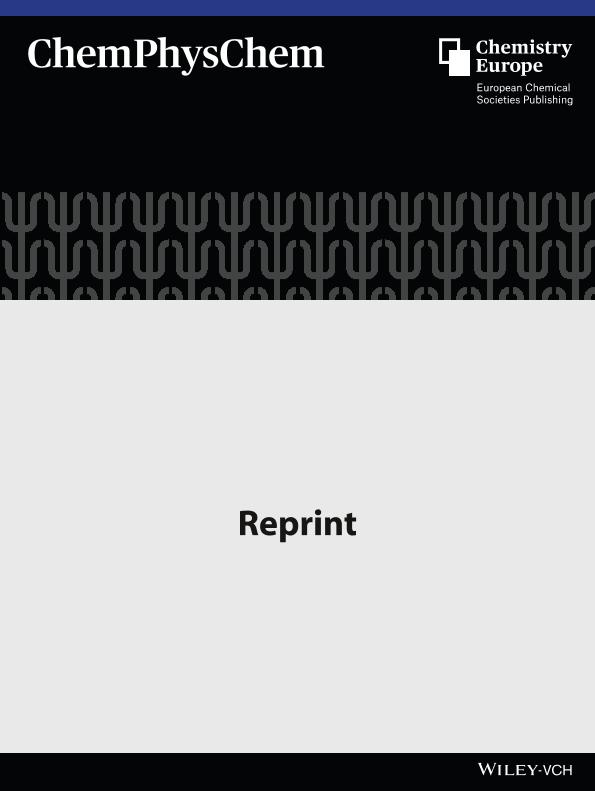Artículo
Understanding the Chloride Affinity of Barbiturates for Anion Receptor Design
Petelski, Andre Nicolai ; Marquez, Josefina; Pamies, Silvana Carina; Sosa, Gladis Laura; Peruchena, Nelida Maria
; Marquez, Josefina; Pamies, Silvana Carina; Sosa, Gladis Laura; Peruchena, Nelida Maria
 ; Marquez, Josefina; Pamies, Silvana Carina; Sosa, Gladis Laura; Peruchena, Nelida Maria
; Marquez, Josefina; Pamies, Silvana Carina; Sosa, Gladis Laura; Peruchena, Nelida Maria
Fecha de publicación:
02/2021
Editorial:
Wiley VCH Verlag
Revista:
Chemphyschem
ISSN:
1439-4235
Idioma:
Inglés
Tipo de recurso:
Artículo publicado
Clasificación temática:
Resumen
Due to their potential binding sites, barbituric acid (BA) and its derivatives have been used in metal coordination chemistry. Yet their abilities to recognize anions remain unexplored. In this work, we were able to identify four structural features of barbiturates that are responsible for a certain anion affinity. The set of coordination interactions can be finely tuned with covalent decorations at the methylene group. DFT-D computations at the BLYP-D3(BJ)/aug-cc-pVDZ level of theory show that the C−H bond is as effective as the N−H bond to coordinate chloride. An analysis of the electron charge density at the C−H⋅⋅⋅Cl− and N−H⋅⋅⋅Cl− bond critical points elucidates their similarities in covalent character. Our results reveal that the special acidity of the C−H bond shows up when the methylene group moves out of the ring plane and it is mainly governed by the orbital interaction energy. The amide and carboxyl groups are the best choices to coordinate the ion when they act together with the C−H bond. We finally show how can we use this information to rationally improve the recognition capability of a small cage-like complex that is able to coordinate NaCl.
Archivos asociados
Licencia
Identificadores
Colecciones
Articulos(CCT - NORDESTE)
Articulos de CTRO.CIENTIFICO TECNOL.CONICET - NORDESTE
Articulos de CTRO.CIENTIFICO TECNOL.CONICET - NORDESTE
Articulos(IQUIBA-NEA)
Articulos de INSTITUTO DE QUIMICA BASICA Y APLICADA DEL NORDESTE ARGENTINO
Articulos de INSTITUTO DE QUIMICA BASICA Y APLICADA DEL NORDESTE ARGENTINO
Citación
Petelski, Andre Nicolai; Marquez, Josefina; Pamies, Silvana Carina; Sosa, Gladis Laura; Peruchena, Nelida Maria; Understanding the Chloride Affinity of Barbiturates for Anion Receptor Design; Wiley VCH Verlag; Chemphyschem; 22; 7; 2-2021; 665-674
Compartir
Altmétricas



